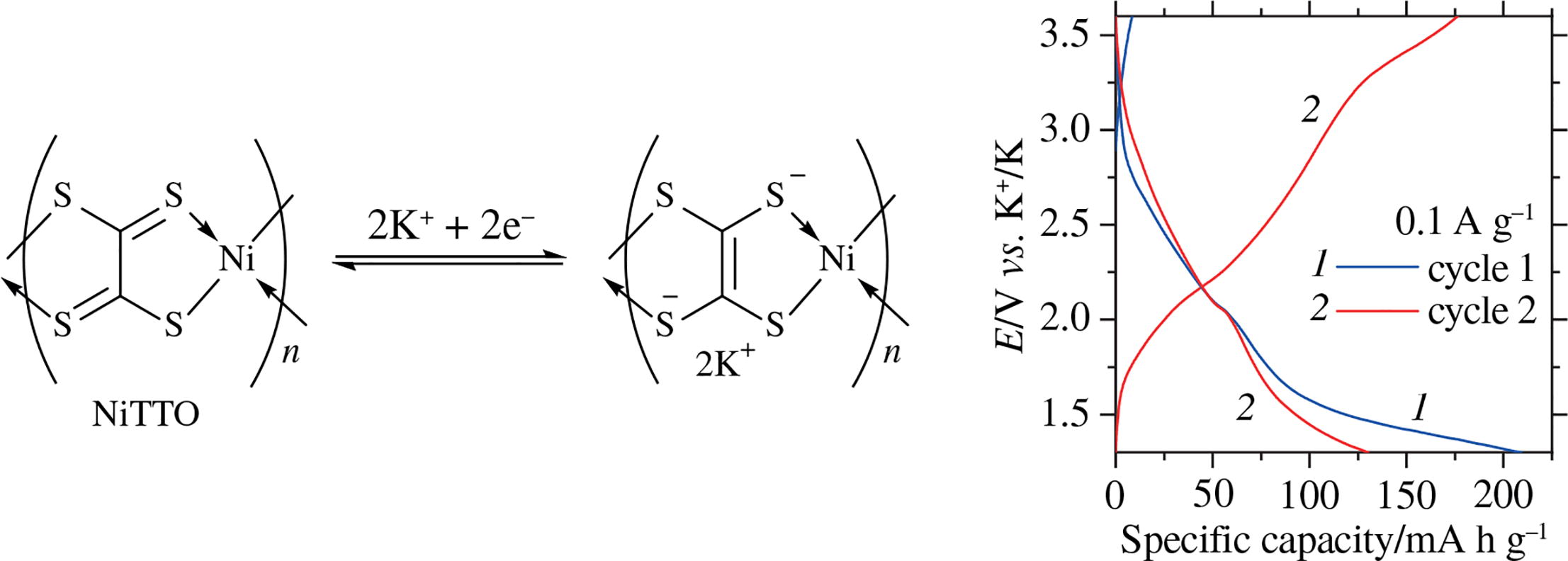| Mendeleev Communications |
|
|


|
|
|
This article is cited in 2 scientific papers (total in 2 papers) Communications Nickel tetrathiooxalate as a cathode material for potassium batteries R. R. Kapaeva, E. V. Shklyaevab, G. G. Abashevbc, K. J. Stevensona, P. A. Troshinde a Skolkovo Institute of Science and Technology, Moscow, Russian Federation b Perm State National Research University, Perm, Russian Federation c Institute of Technical Chemistry, Ural Branch of the Russian Academy of Sciences, Perm, Russian Federation d Institute of Problems of Chemical Physics, Russian Academy of Sciences, Chernogolovka, Moscow Region, Russian Federation e Silesian University of Technology, Faculty of Chemistry, Gliwice, Poland 
Citation: R. R. Kapaev, E. V. Shklyaeva, G. G. Abashev, K. J. Stevenson, P. A. Troshin, “Nickel tetrathiooxalate as a cathode material for potassium batteries”, Mendeleev Commun., 32:2 (2022),
This publication is cited in the following 2 articles:
|

|
||||||||||||||||||||||||||||||||||||||||||||||||||||||||||

|
 Contact us:
Contact us:math-net2025_03@mi-ras.ru |
 Terms of Use Terms of Use
|
 Registration to the website Registration to the website |
 Logotypes Logotypes |
|










